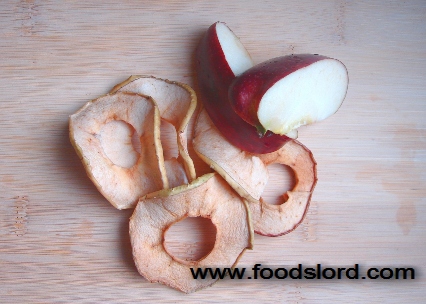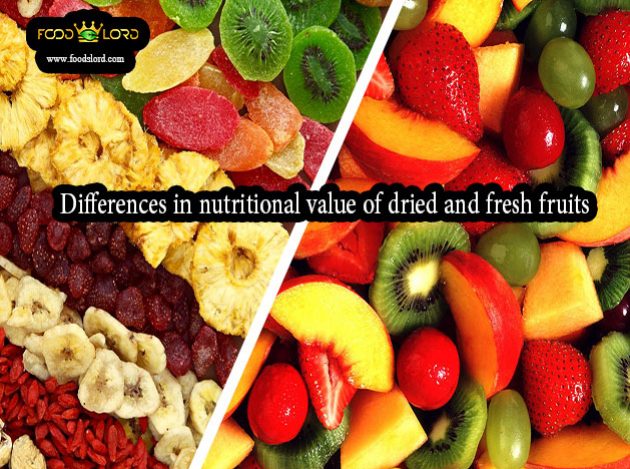The nutritional value of dried and fresh fruits is not much different from each other. One of the differences between the nutritional value of dried and fresh fruits is in their vitamins and minerals.
Both of these substances contain antioxidants and fiber, which are good for your health. But dried fruit has lost a small percentage of its vitamins due to the drying process.
The nutritional value of a quarter cup of dried fruit is equal to the nutritional value of a cup of fresh fruit.
Nutrient density
Dried fruits and fresh fruits are both healthy and nutritious. According to The Academy of Nutrition and Dietetics, nutritious are high in relatively low-calorie vitamins, minerals. Nutritious should make up a large part of our diet. A few items of nutrients would be vegetables, lean protein and whole grains.
Calories and sugar
Dried and fresh fruits contain about the same amount of calories and sugar per serving. For example, a serving of dried apples, which is equivalent to 1/4 cup, contains 52 calories and 12 grams of sugar, and a serving of fresh apples, which is equivalent to 1 cup, contains 65 calories and 13 grams of sugar. However, if you are losing weight, it is better to use fresh fruit because it has more volume and water.

Vitamins A, B, C
During the drying process of the fruit, some nutrients such as vitamins A, B and vitamin C become unstable and its amount decreases. For example, a cup of fresh apples contains 5.8 mg of vitamin C and 4 micrograms of folic acid, while a 1/4 cup of dried apples contains only 0.8 mg of vitamin C and folic acid. Sulfur is sometimes used to prevent the fruit from turning brown during the drying process.
It should be noted that food standards place restrictions on use of sulfur and its use is harmful to human health.
Informing people about food safety is one of Foodlerd’s policies.
Minerals are also found in higher amounts in fresh fruits. This amount is lower in dried fruit. According to the US Department of Agriculture, in one cup of fresh apples you have 8 mg of calcium, 6 mg of magnesium and 14 mg of phosphorus, but in 1/4 cup of dried apples you have 3 mg of calcium, 3 mg of magnesium and 8 mg phosphorus. Higher concentrations of minerals make fresh fruits more nutritious than dried fruits.
Source: Differences in nutritional value of dried and fresh fruits







